Medical Surgical Nursing Patient Centered Collaborative Care, 8th Edition by Donna D. Ignatavicius – Test Bank
Chapter 3: Assessment and Care of Patients with Pain
Ignatavicius: Medical-Surgical Nursing, 8th Edition
MULTIPLE CHOICE
1. A student asks the nurse what is the best way to assess a client’s pain. Which response by
the nurse is best?
a. Numeric pain scale
b. Behavioral assessment
c. Objective observation
d. Client’s self-report
ANS: D
Many ways to measure pain are in use, including numeric pain scales, behavioral
assessments, and other objective observations. However, the most accurate way to assess
pain is to get a self-report from the client.
DIF: Remembering/Knowledge REF: 25
KEY: Pain| pain assessment
MSC: Integrated Process: Nursing Process: Assessment
NOT: Client Needs Category: Health Promotion and Maintenance
2. A new nurse reports to the precepting nurse that a client requested pain medication, and
when the nurse brought it, the client was sound asleep. The nurse states the client cannot
possibly sleep with the severe pain the client described. What response by the experienced
nurse is best?
a. “Being able to sleep doesn’t mean pain doesn’t exist.”
b. “Have you ever experienced any type of pain?”
c. “The client should be assessed for drug addiction.”
d. “You’re right; I would put the medication back.”
ANS: A
A client’s description is the most accurate assessment of pain. The nurse should believe the
client and provide pain relief. Physiologic changes due to pain vary from client to client, and
assessments of them should not supersede the client’s descriptions, especially if the pain is
chronic in nature. Asking if the new nurse has had pain is judgmental and flippant, and does
not provide useful information. This amount of information does not warrant an assessment
for drug addiction. Putting the medication back and ignoring the client’s report of pain
serves no useful purpose.
DIF: Understanding/Comprehension REF: 28
KEY: Pain| pain assessment
MSC: Integrated Process: Communication and Documentation
NOT: Client Needs Category: Health Promotion and Maintenance
3. The nurse in the surgery clinic is discussing an upcoming surgical procedure with a client.
What information provided by the nurse is most appropriate for the client’s long-term
outcome?
a. “At least you know that the pain after surgery will diminish quickly.”b. “Discuss acceptable pain control after your operation with the surgeon.”
c. “Opioids often cause nausea but you won’t have to take them for long.”
d. “The nursing staff will give you pain medication when you ask them for it.”
ANS: B
The best outcome after a surgical procedure is timely and satisfactory pain control, which
diminishes the likelihood of chronic pain afterward. The nurse suggests that the client
advocate for himself and discuss acceptable pain control with the surgeon. Stating that pain
after surgery is usually short-lived does not provide the client with options to have
personalized pain control. To prevent or reduce nausea and other side effects from opioids, a
multimodal pain approach is desired. For acute pain after surgery, giving pain medications
around the clock instead of waiting until the client requests it is a better approach.
DIF: Applying/Application REF: 26 KEY: Pain| acute pain
MSC: Integrated Process: Teaching/Learning
NOT: Client Needs Category: Health Promotion and Maintenance
4. A nurse is assessing the pain of a confused older client who has difficulty with verbal
expression. What pain assessment tool would the nurse choose for this assessment?
a. Numeric rating scale
b. Verbal Descriptor Scale
c. FACES Pain Scale-Revised
d. Wong-Baker FACES Pain Scale
ANS: C
All are valid pain rating scales; however, some research has shown that the FACES Pain
Scale-revised is preferred by both cognitively intact and cognitively impaired adults.
DIF: Applying/Application REF: 30
KEY: Pain assessment| FACES
MSC: Integrated Process: Nursing Process: Assessment
NOT: Client Needs Category: Health Promotion and Maintenance
5. The nurse is assessing a client’s pain and has elicited information on the location, quality,
intensity, effect on functioning, aggravating and relieving factors, and onset and duration.
What question by the nurse be best to ask the client for completing a comprehensive
pain assessment?
a. “Are you worried about addiction to pain pills?”
b. “Do you attach any spiritual meaning to pain?”
c. “How high would you say your pain tolerance is?”
d. “What pain rating would be acceptable to you?”
ANS: D
A comprehensive pain assessment includes the items listed in the question plus the client’s
opinion on a functional goal, such as what pain rating would be acceptable to him or her.
Asking about addiction is not warranted in an initial pain assessment. Asking about spiritual
meanings for pain may give the nurse important information, but getting the basics first is
more important. Asking about pain tolerance may give the client the idea that pain tolerance
is being judged.DIF: Applying/Application REF: 29 KEY: Pain assessment
MSC: Integrated Process: Nursing Process: Assessment
NOT: Client Needs Category: Physiological Integrity: Reduction of Risk Potential



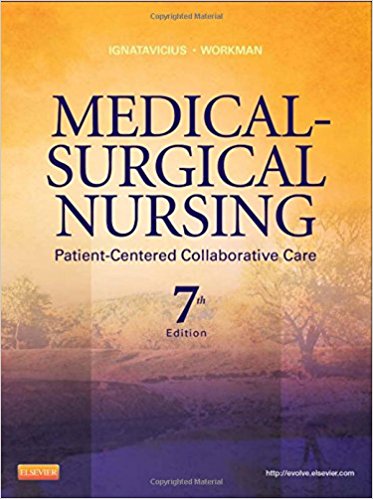


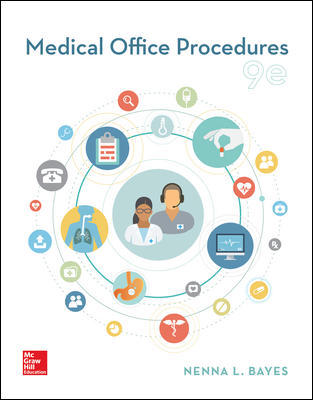
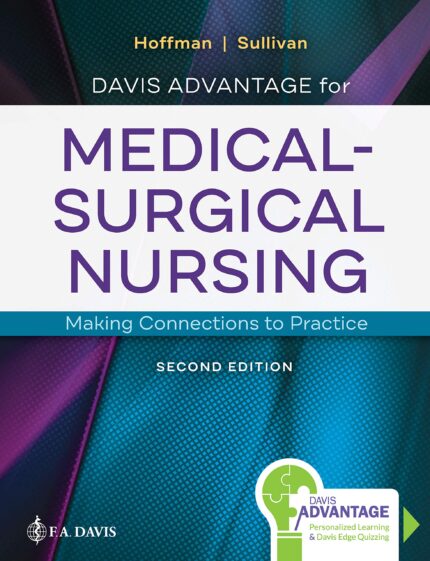
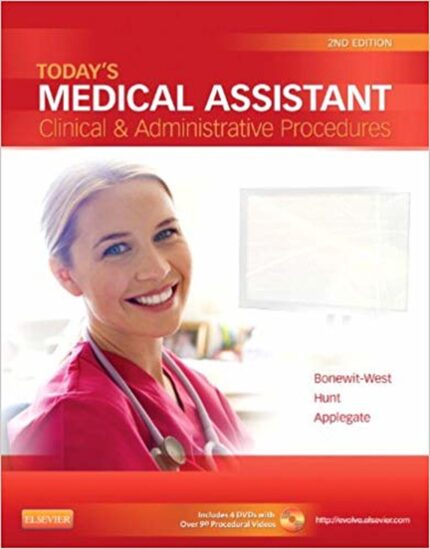

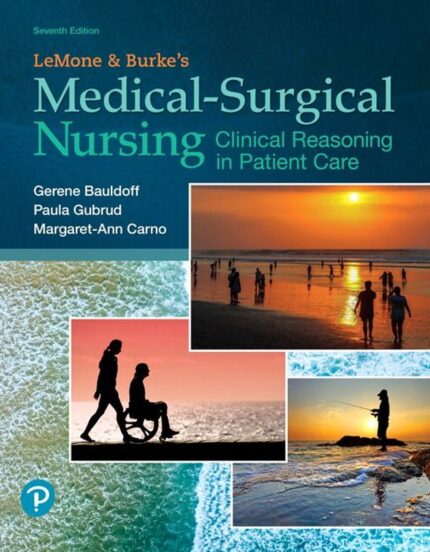
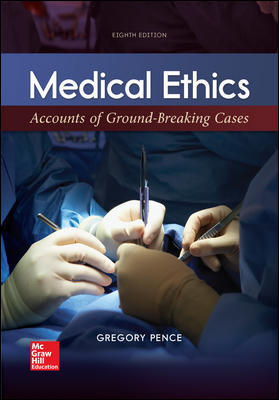
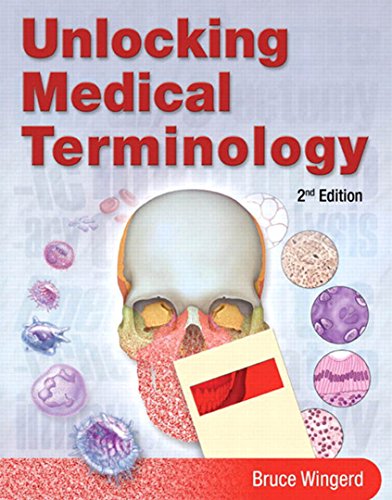

Reviews
There are no reviews yet.